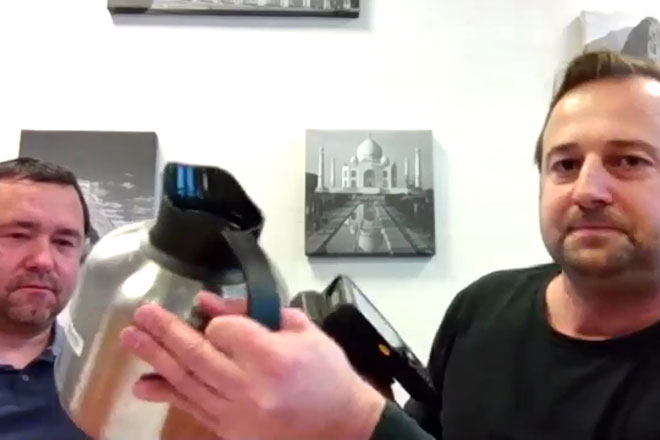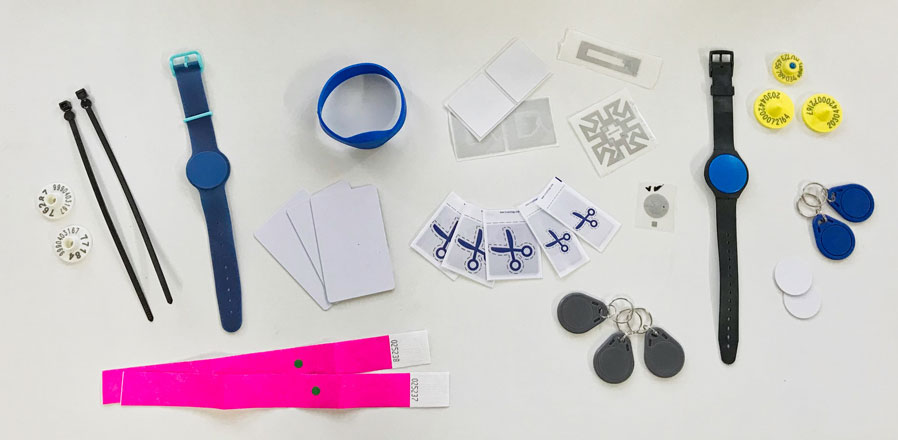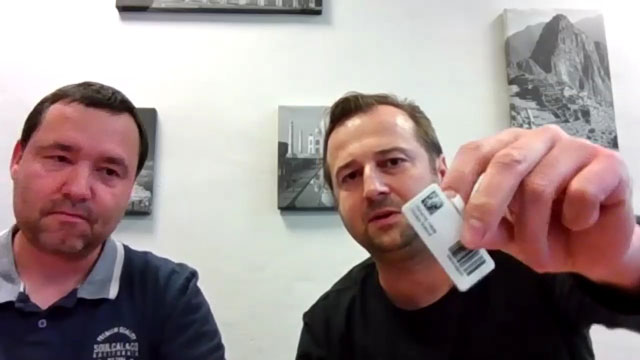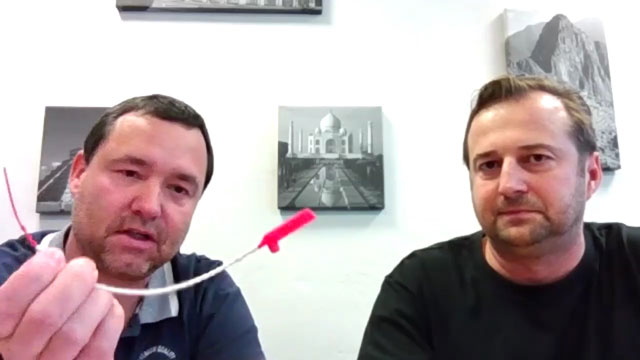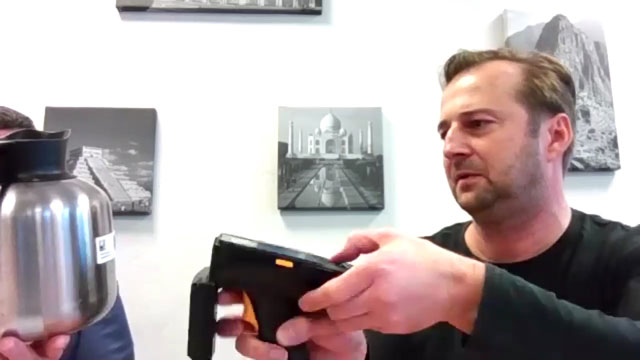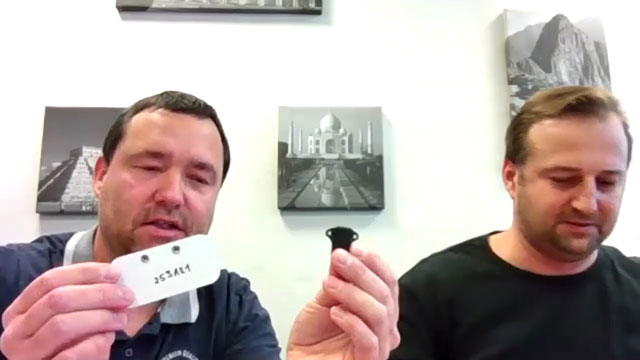We first integrated RFID with Claris FileMaker back in 2008. Since then we gained a lot of knowledge and experience and implemented various solutions from identifying people to tracking inventory and assets, and even automating garment production. One field where our customers always struggle a bit, however, is using RFID to identify things made of metal. To demystify this topic a bit, I have organized a meeting with Miroslav Kropáč and Pavel Buřil from Codeware, our supplier and partner for RFID technologies, to discuss specifically how to use RFID on metal.
Here’s a brief excerpt with the most interesting parts of the discussion:
What’s the most interesting about RFID today is that thanks to its price dropping significantly within the last two decades, it has become affordable even for small businesses, the same market, where the FileMaker platform is the most popular. If you are using or considering barcodes today, you should really consider RFID for tomorrow as it can save you lots of time.
Our first product supporting RFID was Bridge for Phidgets, previously known as 24U Phidgets Plug-In. This plug-in still supports only low-frequency RFID. All other flavors of RFID, including HF, NFC and UHF, can be easily integrated with FileMaker using our quickly growing Gonector plug-in.
But what all RFID implementations have in common is that they need RFID tags to be attached to the stuff you want to identify or track. And due to physics, you may have issue making these tags to work as expected if you place them too close to a large mass of metal or liquid. So how to deal with that?
Available solutions for RFID on metal
There are about two. First one is to integrate the circuit straight into the metal material. A typical example of use is a gun barrel, when a weapon is such an expensive commodity, that it's worth to calculate, where exactly the tag should lie, and then the barrel is used as an antenna.
Since the market needs unification and a lower price, (slightly improved) classic stickers are a lot more usual. Multi-purpose stickers suitable for use on metal are different in that they use shielding. Such sticker has an additional layer in the bottom, which prevents all the antenna's radiation from being absorbed into the metal to which it is glued.
You can also get various tags designed specifically for use on metal. They are somehow massive, and have a special way to be attached. They usually have some mounting option, for screws or rivets, or a flexible attachment that makes sure the tag itself, with its antenna, is placed aside from the metallic material.
What frequencies are best for metal?
In principle, lower frequencies are more suitable, as the longer waves don't hit the metal obstacles so much, but thanks to the fact that for UHF frequency was the first to gain international standardization, thus, worldwide competition entered the UHF field, which respected the rules and as a result, the price fell very low. So, thanks to the price, UHF logically wins today.
The second reason why UHF wins is its readability from a greater distance. When you want to be able to read a tag from more than a meter or a few meters then you definitely need UHF.
What does it cost?
If you can get hundred thousand pieces of a generic sticker for around $0.10 per tag, similar tag with the shielding layer will cost around $0.20 in the same quantities. If you are looking for tags specifically designed for metal, the price can easily get to $1 per tag when buying ten thousand tags at once.
When placing RFID tags on heavy-duty stuff, such as scaffolding, you also need to expect some mortality, such as tags being destroyed during usual manipulation with the equipment, so it’s better to attach two or three tags to each item, which obviously increases the price.
But the time you can save on stock counting and the money you can save but not losing expensive stuff, because you get immediately alerted when it leaves monitored space, can be well worth the technology cost.
Conclusion
The fact that you deal with metal parts or heavy equipment does not necessarily mean you cannot use RFID. Automotive, for example, is an industry where RFID is used a lot. The solutions for metal parts were actually initially developed for the automotive industry.
If you think you might benefit from implementing RFID in your business, you might want watch the whole interview. It’s 20 minutes full of useful information, not all of which was possible to fit in this article.
Once you’re ready for the next step, feel free to get in touch. I’ll be glad to discuss your project with you and advise how best to take advantage of this great technology.


